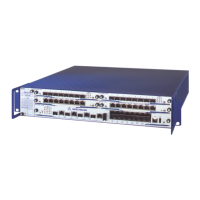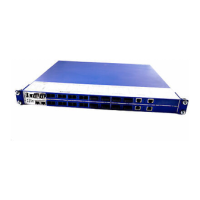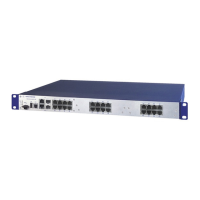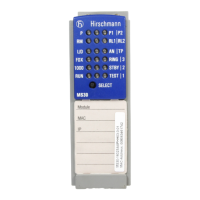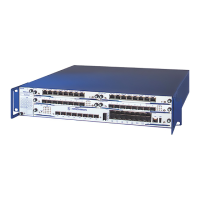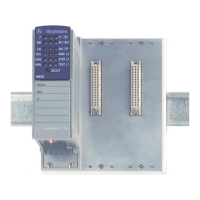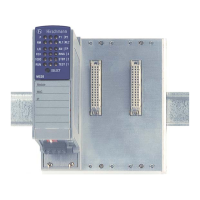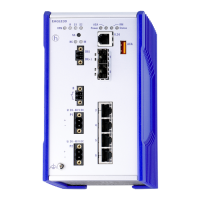Network load control
4
8.1
Direct packet distribution
Basic - L3P
Release
4.0
11/07
8.1.4 Entering static address entries
One of the most important functions of a Switch is the filter function. It selects
data packets according to defined patterns, known as filters. These patterns
are assigned distribution rules. This means that a data packet received by a
Switch at a port is compared with the patterns. If there is a pattern that match-
es the data packet, a Switch then sends or blocks this data packet according
to the distribution rules at the relevant ports.
The following are valid filter criteria:
X Destination address
X Broadcast address
X Multicast address
X VLAN membership
The individual filters are stored in the filter table (Forwarding Database,
FDB). It consists of three parts: a static part and two dynamic parts.
X The management administrator describes the static part of the filter table
(dot1qStaticTable).
X During operation, a Switch is capable of learning which of its ports receive
data packets from which source address (see on page 2 "Multi-address
capability"). This information is written to a dynamic part
(dot1qTpFdbTable).
X Addresses learned dynamically from neighboring agents and those
learned via GMRP are written to the other dynamic part.
Addresses already located in the static filter table are automatically trans-
ferred to the dynamic part by the Switch.
An address entered statically cannot be overwritten through learning.
Note: If the redundancy manager is active, it is not possible to make perma-
nent unicast entries.
Note: This filter table allows you to create up to 100 filters for Multicast ad-
dresses.
